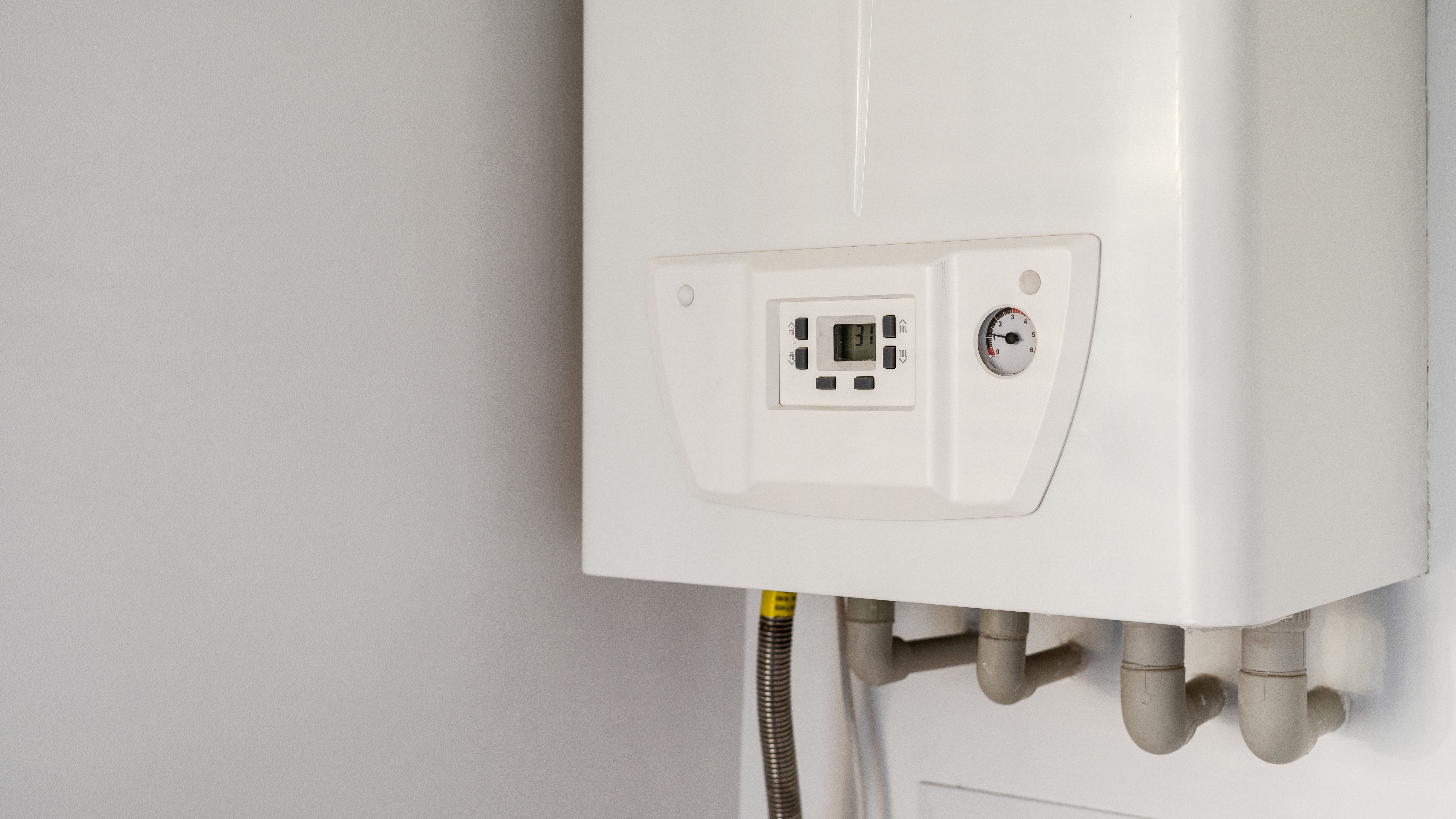Late on Friday, the Department of Energy (DOE) proposed new efficiency standards for commercial icemakers, which make the ice provided by drink dispensers in fast food restaurants among many other uses. While the proposed standards would be a significant step toward improving icemaker efficiency, higher cost-effective efficiency levels could be achieved using commercially available technologies.
At a fast food restaurant, icemakers typically sit on top of the fountain drink dispensers. Commercial icemakers are also used in places like hotels, hospitals, and convenience stores. DOE estimates that icemakers meeting the proposed standards sold over thirty years would reduce U.S. electricity consumption by about 30 billion kilowatt-hours, which is equivalent to the annual electricity use of three million U.S. homes, and save businesses $1.8 billion. The new standards would also reduce CO2 emissions by 15 million metric tons, which is equivalent to the annual emissions of four coal-fired power plants. However, higher cost-effective efficiency levels would increase national energy savings by about one-third compared to the proposed standards.
The proposed standards, which can be met by employing higher-efficiency compressors and motors and increasing heat exchanger surface area, would reduce icemaker energy consumption by 15-30% for the most common types of machines. Over the lifetime of an icemaker, the new standards would save businesses between $400 and $1,300 on average for the most common machines. Higher cost-effective efficiency levels, which could be achieved using technologies including permanent magnet motors and drain water heat exchangers, would reduce energy consumption for the most common types of ice makers by another 5-10%.
The new proposed standards improve upon initial national standards Congress enacted as part of the Energy Policy Act of 2005, which were based on earlier state standards adopted by California and a handful of other states. The initial standards apply only to icemakers that make “cube” ice and that can produce between 50 and 2,500 pounds of ice in a 24-hour period. In addition to strengthening standards for those products, the proposed new standards would expand coverage to larger machines with capacities up to 4,000 pounds, and, for the first time, would cover machines that make “flake” or “nugget” ice. “Flake” ice is often used to display fish, while “nugget” ice—also known as “chewable” ice—is softer than “cube” ice and is becoming popular for serving drinks in food-service establishments.
The increasing popularity of “nugget” ice is good news for water savings, because icemakers that make nugget ice only consume the water that is eventually converted into ice. Icemakers that make “cube” ice, on the other hand, can waste a significant amount of water. Cube-type ice machines circulate water from a sump, where dissolved minerals settle out. (This is what makes “cube” ice look clearer than “nugget” ice.) This sump water is purged periodically. While freezing 12 gallons of water produces 100 pounds of ice, some cube-type icemakers use as much as 30 or 40 gallons of water to produce 100 pounds of ice. Unfortunately, DOE chose not to set standards for water consumption of cube-type icemakers in this rulemaking.
Strong new standards for commercial icemakers would be another important step toward meeting President Obama’s goal of reducing CO2 emissions by 3 billion metric tons by 2030 through efficiency standards. To date, efficiency standards adopted during the Obama administration will reduce CO2 emissions by 1.9 billion metric tons. Although icemakers are among the smaller energy-saving standards under development, DOE could increase its contribution to meeting the overall energy saving and emissions reduction goal by improving on the proposed efficiency levels. A final rule is due by the end of the year.





